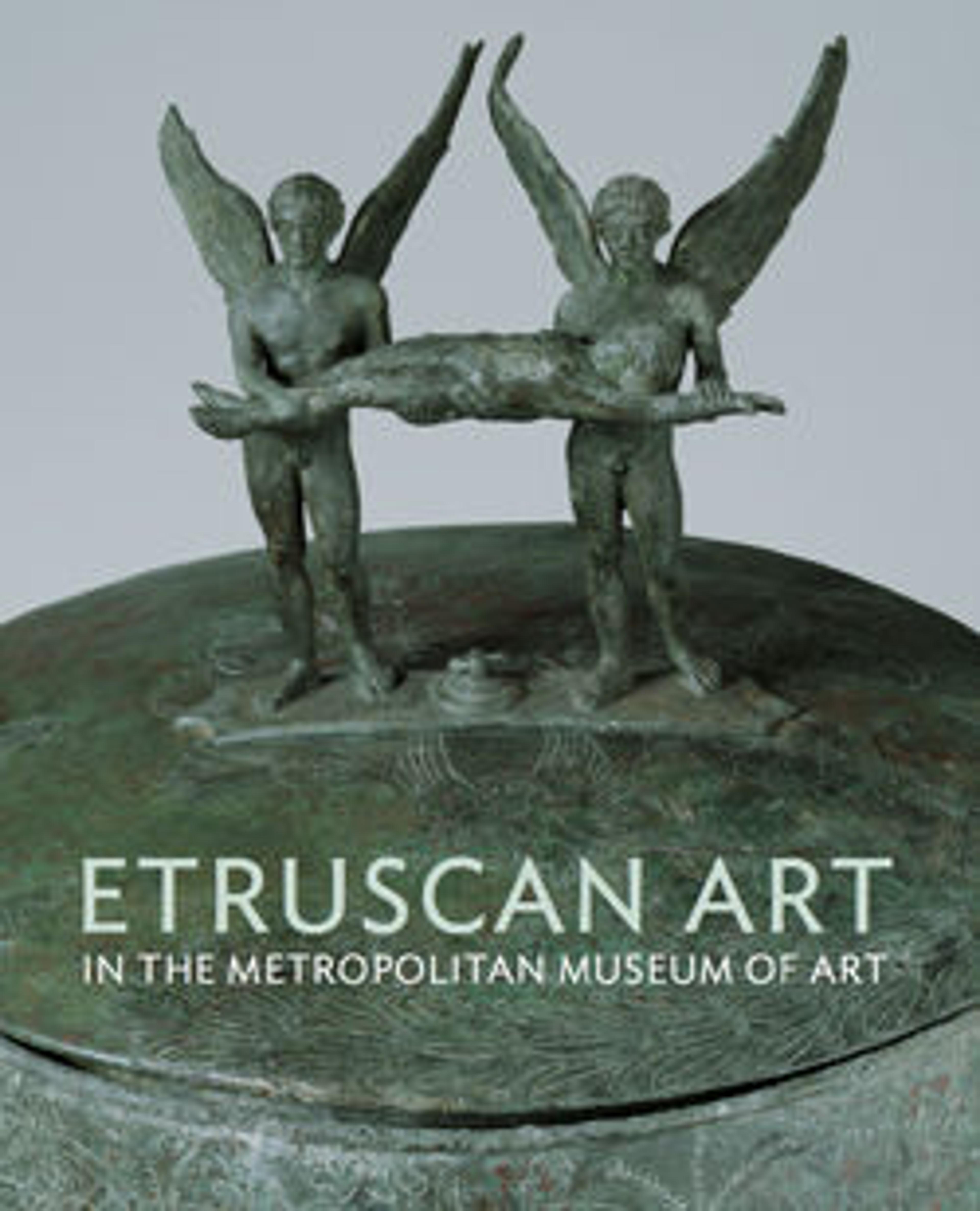Terracotta architectural plaque with lotus and palmette designs
Said to be from Cerveteri
Major portions of most Etruscan temples were made of wood, abundantly available in ancient Italy. To protect wooden beams from the elements, they were covered with terracotta slabs of varying dimensions. This mold-made plaque originally was attached to a horizontal beam high on the exterior of an Etruscan temple. It was one of a series that would have created a long decorative frieze for the architrave, the horizontal element just above the columns. Traces of red, blue, and yellow paint indicate how colorful the original appearance of an Etruscan temple must have been.
Major portions of most Etruscan temples were made of wood, abundantly available in ancient Italy. To protect wooden beams from the elements, they were covered with terracotta slabs of varying dimensions. This mold-made plaque originally was attached to a horizontal beam high on the exterior of an Etruscan temple. It was one of a series that would have created a long decorative frieze for the architrave, the horizontal element just above the columns. Traces of red, blue, and yellow paint indicate how colorful the original appearance of an Etruscan temple must have been.
Artwork Details
- Title: Terracotta architectural plaque with lotus and palmette designs
- Period: Hellenistic
- Date: late 4th century BCE
- Culture: Etruscan
- Medium: Terracotta, paint
- Dimensions: H.: 24 11/16 x 18 3/4 in. (62.7 x 47.6 cm)
- Classification: Terracottas
- Credit Line: Purchase by subscription, 1896
- Object Number: 96.18.24
- Curatorial Department: Greek and Roman Art
More Artwork
Research Resources
The Met provides unparalleled resources for research and welcomes an international community of students and scholars. The Met's Open Access API is where creators and researchers can connect to the The Met collection. Open Access data and public domain images are available for unrestricted commercial and noncommercial use without permission or fee.
To request images under copyright and other restrictions, please use this Image Request form.
Feedback
We continue to research and examine historical and cultural context for objects in The Met collection. If you have comments or questions about this object record, please contact us using the form below. The Museum looks forward to receiving your comments.
